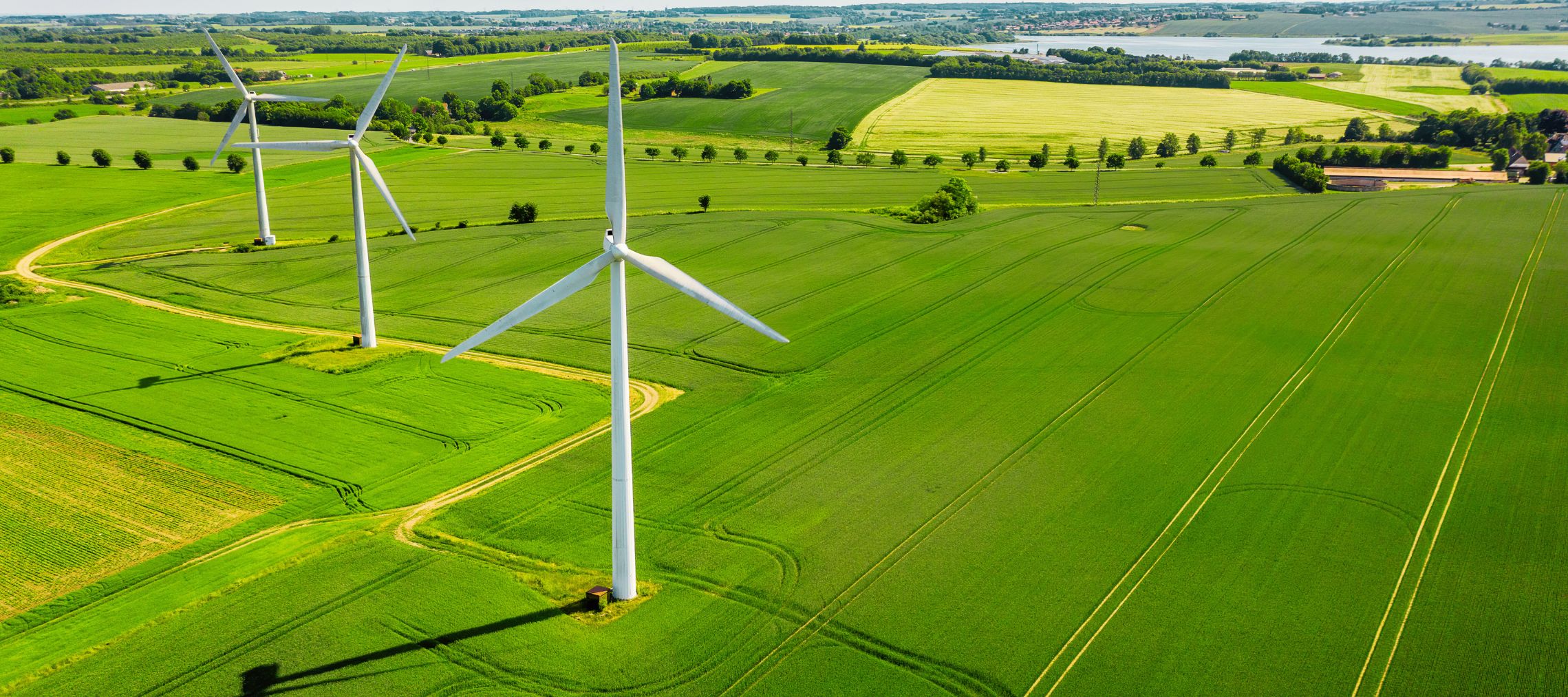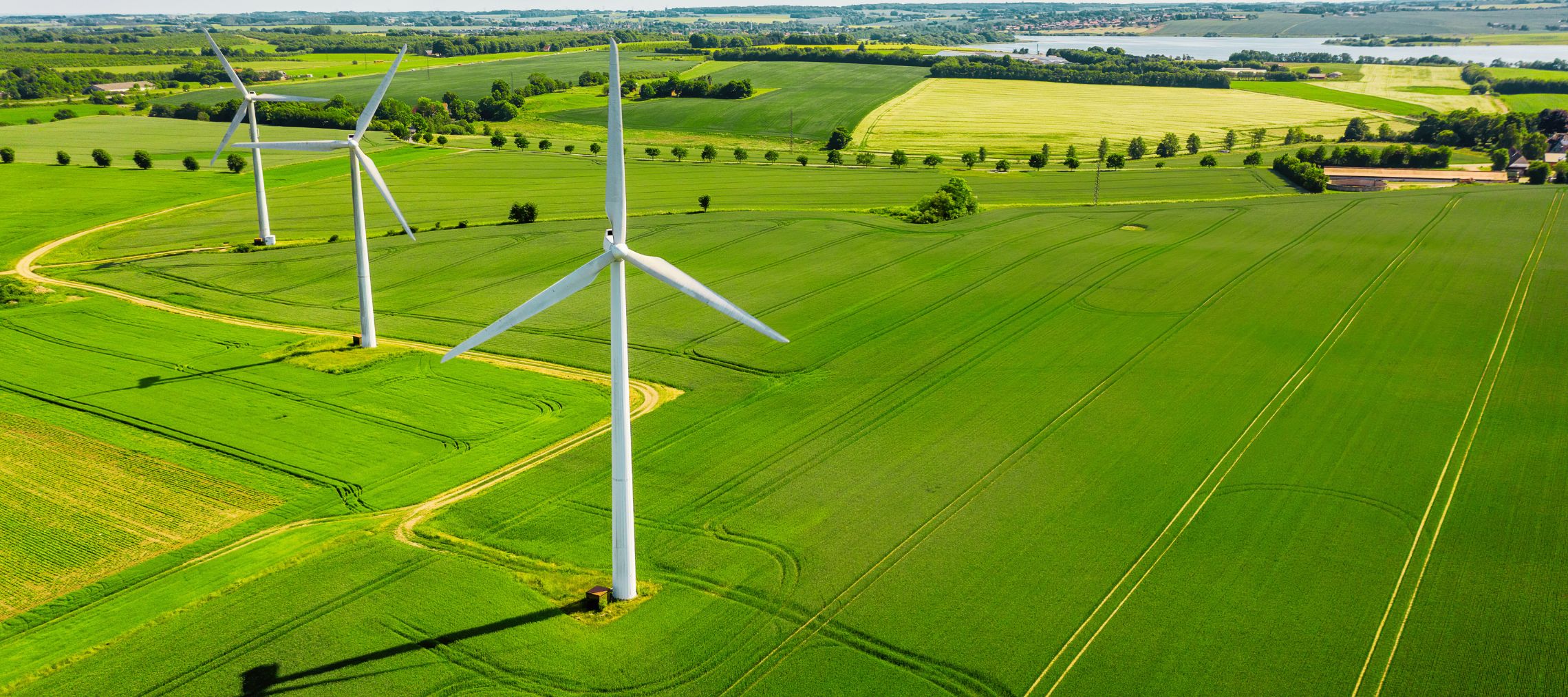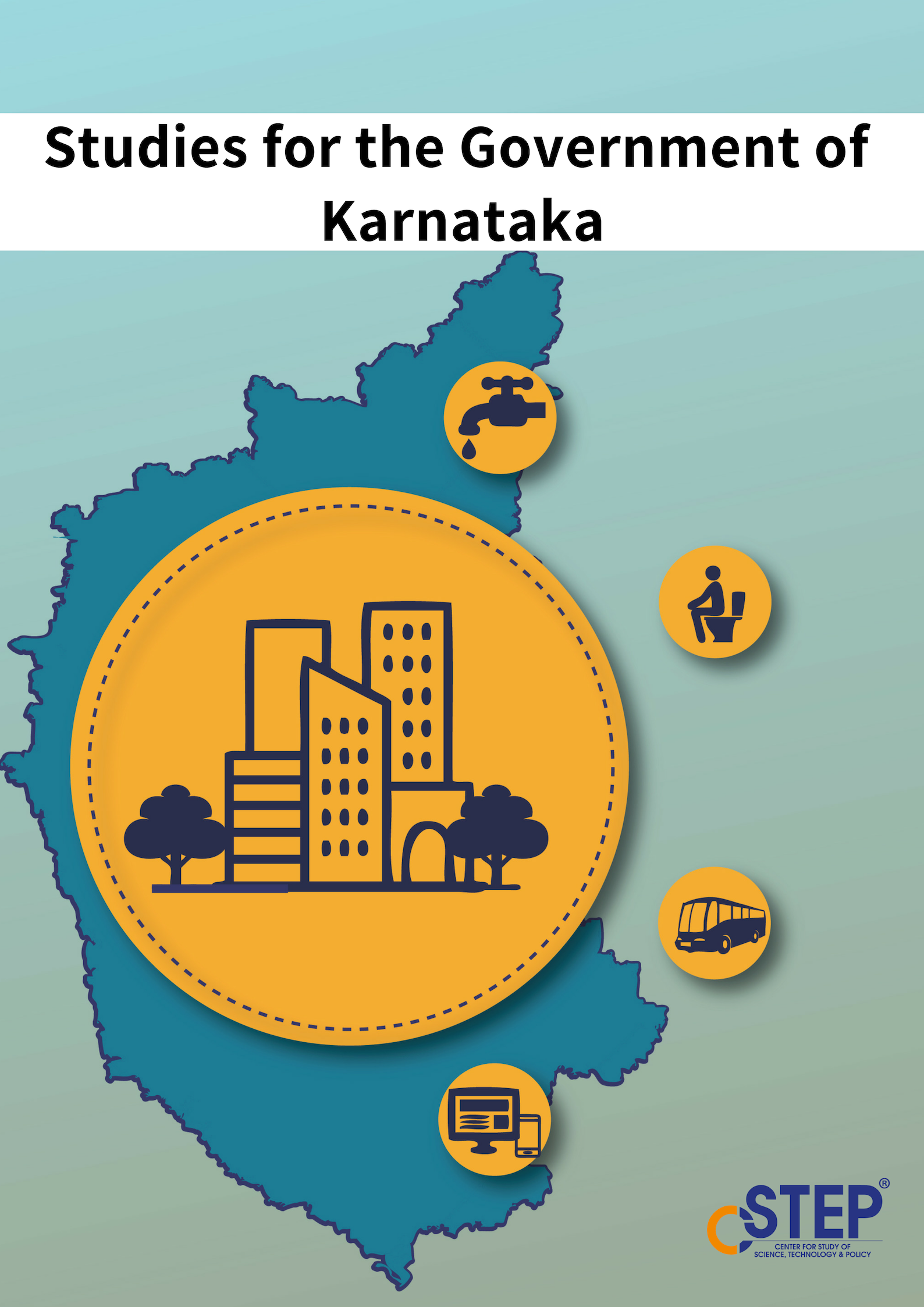Fossil fuels are deeply tied to electricity generation, industrial operations, and transportation among other crucial sectors and cannot be easily dissociated from energy use. CSTEP focuses on a greater integration of renewables and reduction of waste energy in such sectors. This includes working with utilities to improve rooftop solar penetration, mapping potential of various renewables across the country, and analysing energy usage of MSMEs to reduce their fossil fuel consumption.






Significance of DRE Systems in Strengthening the Electricity Infrastructure
The draft NEP, besides recognising the significance of RE hybrids (like solar-biomass, solar-hydro) for sustainable generation, highlights the role of DRE in reducing dependency on the transmission network, especially through solar rooftops in urban spaces and mini-grids in remote villages.
However, large-scale deployment of DRE systems will throw up issues related to intermittency, voltage instabilities, variable RE (VRE) curtailments, and network management.
What Are the New Market Opportunities for Indian Developers in Solar + Storage Space?
Solar-plus-storage technology is set for a promising future in India because of rapidly rising electricity demand, ambitious solar targets, higher solar penetration, and falling prices of solar and storage technologies in the nation. As of 31 March 2021, the total power generation capacity in India is 382.15 GW, of which 234.7 GW is thermal and 94.4 GW is renewable energy (RE), with nuclear and hydro accounting for the rest.
Floating Solar in India: The Now and How of It
To keep pace with India’s RE commitments, the Solar Energy Corporation of India (SECI) invited expressions of interest from prospective developers in 2017 to implement 10 GW of floating photovoltaic (FPV) systems by 2022. However, as of July 2019, India has been able to add only about 2.7 MW. Currently, large-scale projects worth ~1.7 GW are under development, which are expected to contribute significantly to the 2020 target. This includes the National Thermal Power Corporation’s (NTPC’s) 100 MW plant in Telangana, India’s largest FPV project.
Webinar—Rooftop Solar: A Catalyst for Achieving Net-Zero Emissions
The Center for Study of Science, Technology and Policy (CSTEP) organised a webinar on 26 May 2021 to discuss the potential of rooftop photovoltaic (RTPV) systems in achieving net-zero greenhouse gas emissions in India.
Why renewable energy projects need smart siting
The current government has set an ambitious RE target of 450 GW by 2030. Though RE plants are considered green, they could have unintended impacts. Recent projects in this sector have been troubled by unintended socio-ecological conflicts due to flaws while siting land parcels and inadequate planning.
What are the current challenges & future outlook about lending to rooftop solar projects?
India has set an ambitious target of 40 GW of clean energy generation through rooftop photovoltaic (RTPV) installations to be achieved by 2021–22. RTPV uptake, however, has been sluggish with only ~6.1 GW installed so far. Of this, more than 75% capacity comes from commercial and industrial consumers and the rest from residential and public sector rooftops.
Residential Solar—Thinking beyond Capital Subsidies and Lower Equipment Costs
The Sustainable Rooftop Implementation for Solar Transfiguration of India (SRISTI) scheme was announced in early 2019. It was expected to rejuvenate the roof top photovoltaic (RTPV) sector, which by then had achieved only ~1.2 GW of the 40 GW target for 2021–22. SRISTI targeted the underserved residential category by offering attractive capital subsidies of up to 40% for 1–3 kW systems and 20% for 3–10 kW ones. The scheme also had a subsidy component of 20% for large apartment complexes and group housing societies.